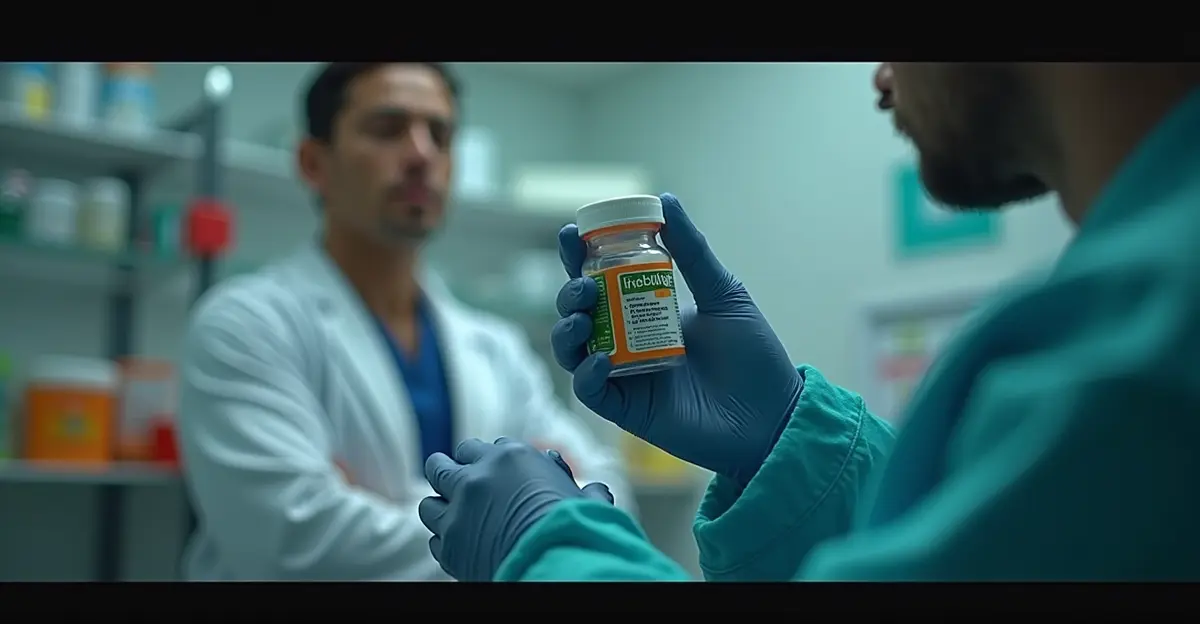University of Coimbra study finds pharmaceuticals in 91% of European urban streams tested, with record levels of some drugs and antibiotics raising public health concerns about antimicrobial resistance.

Widespread Pharmaceutical Pollution Found in European Urban Streams
A groundbreaking international study led by the University of Coimbra has revealed alarming levels of pharmaceutical contamination in urban waterways across Europe. The research, conducted as part of the OneAquaHealth project, analyzed 102 streams in five European cities and found pharmaceuticals present in a staggering 91% of sampling sites.
Comprehensive European Analysis
The investigation spanned urban streams in Benevento (Italy), Coimbra (Portugal), Ghent (Belgium), Toulouse (France), and Oslo (Norway), providing a comprehensive picture of pharmaceutical pollution across different European regions. Researchers detected 16 different pharmaceuticals belonging to six therapeutic groups, with pharmaceutical mixtures found in 79% of the analyzed locations.
'Among the most frequent compounds are irbesartan and bisoprolol (antihypertensives), as well as carbamazepine (anticonvulsant), identified in more than half of the urban streams,' explained FCTUC PhD student Fernanda Rodrigues.
Record-Breaking Concentrations
The study revealed particularly concerning findings about the concentrations of certain pharmaceuticals. 'Paracetamol showed higher concentrations, while irbesartan, bisoprolol, and fluoxetine reached record levels compared to what was previously reported in the scientific literature,' Rodrigues noted.
In Coimbra specifically, researchers detected 14 different pharmaceuticals in the urban streams. The most prominent compounds included carbamazepine, irbesartan, losartan, atenolol, and venlafaxine.
Local Impact and Concerns
Maria João Feio, a researcher from the Center for Marine and Environmental Sciences (MARE) of FCTUC, highlighted the severity of contamination in Portuguese waters: 'One of the sampling sites in the city presented 70% of the analyzed compounds,' with the highest concentrations corresponding to the antihypertensives irbesartan and atenolol.
Perhaps most alarmingly, the study found antibiotics in Coimbra's waters. 'Although less frequent, four of the seven antibiotics tested were also found in the waters of Coimbra, a particularly concerning fact given the growing antimicrobial resistance, considered one of the most serious threats to global public health,' Feio warned.
Regional Variations and Environmental Factors
The research identified significant statistical differences between contamination patterns across the studied cities, with Coimbra and Oslo showing relatively lower contamination levels compared to other locations. This variation suggests that local factors play a crucial role in pharmaceutical pollution.
According to the University of Coimbra statement, in Portuguese territory, the presence of pharmaceuticals was statistically associated with the morphological and ecological condition of the streams and the degree of urban impermeabilization. These findings demonstrate that pollution doesn't depend solely on medication consumption but also on the ecological quality and conservation status of riparian ecosystems.
Urgent Need for Action
The study underscores the critical need for improved water treatment and ecosystem restoration. The researchers emphasized 'the urgent need to restore freshwater ecosystems and to implement new technologies for the removal of pharmaceuticals at wastewater treatment plants.'
This research comes at a time when pharmaceutical pollution is increasingly recognized as a significant environmental challenge worldwide. Conventional wastewater treatment plants are often not equipped to remove these complex chemical compounds effectively.
The University of Coimbra, one of Europe's oldest universities with a rich scientific heritage, continues to lead important environmental research through projects like OneAquaHealth, contributing valuable data to address one of Europe's pressing environmental concerns.

 Nederlands
Nederlands
 English
English
 Deutsch
Deutsch
 Français
Français
 Español
Español
 Português
Português









